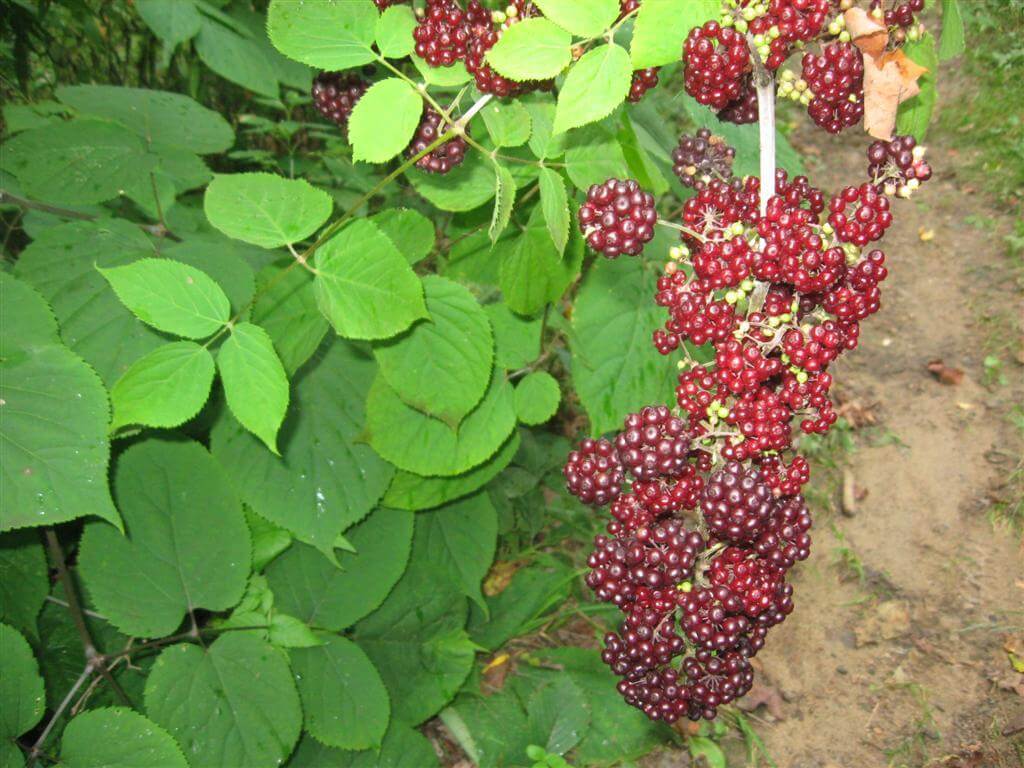Feature photo: Spikenard– www.drewmonkman.com
The use of spikenard in medicine has been known to man since Biblical times and beyond. Efforts to artificially propagate the species have shown mixed results because it is not economically attractive for collectors to switch from wild to commercial cultivation. Some estimates indicate that the collector’s share in the product’s final price is fewer than two percent.
These efforts are driven by the Indian Medicinal Plant Board, which encourages nursery development and plantation through grants and education. However, the Board has not managed the supply chain effectively or established financially rewarding business models, mainly because of its bureaucratic and institutional deficiencies. This experience with spikenard conservation and propagation has exposed larger concerns about the Board’s ability to manage herbal product cultivation and management. Coordination between cultivators and industry is minimal, and the trade has not changed in millennia.
The religious literature indicates that spikenard is from the root of N. jatamansi, a valuable spice in ancient Egypt. The oil of spikenard was used to anoint priests and kings and in the Egyptian incense Kyphi. Archaeologists have discovered terracotta vessels containing spikenard and sealed with cloth and beeswax in Pakistan and India. It was imported to the Mediterranean from India via the spice and silk routes.
In Greece and Rome, spikenard was used to make a popular unguent called nardinium, which helped to meditate and calm the nerves. When mixed with olive oil, it was used for consecration, dedication, and worship, a continued practice. It was also an ingredient in the Jewish Ketoret incense. As previously mentioned, incense was burned in Jewish temples to mask the smell of animal sacrifices. Traditionally, spikenard and other incense were also used to anoint visitors’ foreheads and feet, often covered in dirt from traveling.
Spikenard, or nard, is mentioned in the Bible at least seven times, including in the Old Testament. Song of Solomon 1:10–13 alludes to the romance associated with this incense. It is said that the cost of a pound of spikenard was 300 to 400 denari. The daily wage of labor at that time was one denar. Thus, a pound of spikenard costs more than a year’s wages. Israel’s King Hezekiah kept “the spices, and the precious ointment” (2 Kings 20:13) and silver and gold in the royal treasure chamber. The high price is reiterated in John 12:3
Nardostachys jatamansi is said to be useful for disorders of the digestive and respiratory systems and is a sedative. Sp spikenard treats inflammation, insomnia, migraine, stress, and allergies in aromatherapy. The root treats insomnia, blood and circulatory system problems, and mental disorders.
In Ayurveda, spikenard is mentioned in all major herbal medicine treatises of Sushruta, Charaka, and others as an herb that calms nerves, reduces blood pressure, and treats nervous system ailments such as epilepsy. According to the High Altitude Plant Physiology Research Center, the rhizome is used in about 26 Ayurvedic medicines. An Ayurvedic medicine called Ayush 56 is manufactured in India to treat hysteria, convulsions, and epilepsy. This Ayurvedic formulation has several ingredients that include N. jatamansi extracts.
According to Traditional Chinese Medicine, N. jatamansi is effective in treating pain relief and turgid chest and in regulating qi (Zhang et al., 1994). Xiang Pu mentions that spikenard incense has a calming effect on the body and mentions a combination of sandalwood, spikenard, and aloeswood. In Bhutan, spikenard is primarily used as incense during religious rites. Spikenard is also used to produce incense sticks used in Japanese temples.
In Unani, the species is regarded as a cardiotonic, hepatotonic, analgesic, and diuretic. Many of the resins used in Biblical and Greek periods, including spikenard, had antiseptic properties with long-lasting effects that were particularly useful to treat and mask the odor from patients with sepsis and putrefied wounds.
There are references to spikenard use in medicine in the works of Dioscorides, Theophrastus, and Pliny. Dioscorides called it Gangitis, derived from the River Ganga that flows down the Himalayas across the northern Indo-Gangetic plains into the Bay of Bengal. Arabic and Persian physicians refer to N. jatamansi as Sumbul-i-Hindi (Indian spike). They distinguish the species from another spikenard-yielding species in Turkey and Egypt called Sumbul-i-Rumi or Ikliti, which has been identified as Valeriana celtica. Although it is a substitute for N. jatamansi, there is a difference in aroma between the two species. N. jatamansi has a pleasant musk-like aroma and is used in fragrances such as women’s hair and bath products, and it is a major ingredient in incense and Indian massage oils. V. celtica, on the other hand, is foul-smelling like dirty socks.
Spikenard’s medicinal properties have been widely studied, and several experimental results have validated its traditional therapeutic use. Many trials have indicated that the plant has a positive impact on the central nervous, liver, and cardiac systems, and the plant shows positive results as an anticonvulsant, hyperlipidemic, and cardiotonic agent (Salim et al., 2003; Rucker et al., 1979; Prabhu et al., 1994; Mishra et al., 1995; Metkar et al., 1999, Lyle et al., 2009). Hair growth in rats increased when treated with N. jatamansi. Experiments on rats indicate that N. jatamansi has neuroprotective properties and may be useful in treating neurological ailments like amnesia, though no human clinical trials have supported such use. It also possesses nootropic properties that improve memory, mood, and behavior.
Details of spikenard’s medicinal properties can be seen in Holy Herbs: Modern Connections to Ancient Plants.
A preview video of the medicinal aspects of Holy herbs – Herbs in medicine https://www.youtube.com/edit?o=U&video_id=09NrSrIwb9k
